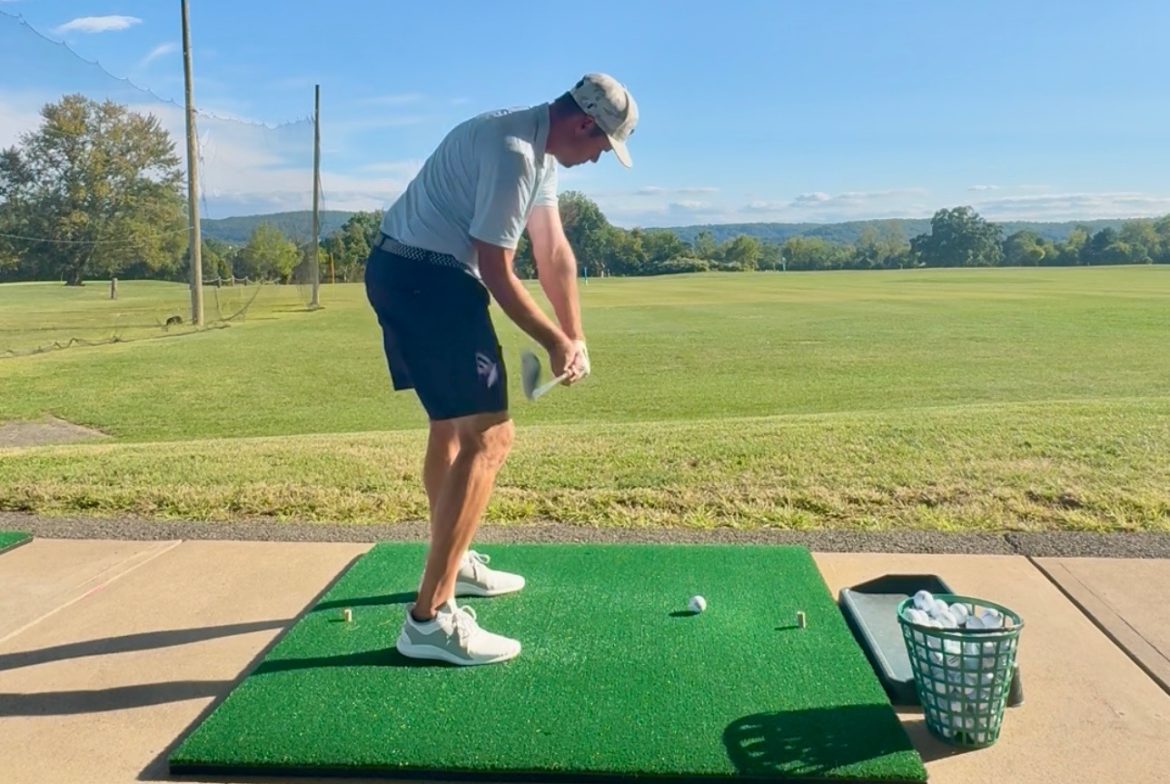Having spent years helping clients and friends, and most recently, two years teaching golf professionally, the golf swing is far simpler than it’s often made out to be. While I acknowledge the many moving parts and the benefit of athleticism, the truly essential elements are the hands and a basic understanding of body movement. Everything else—drills, trends, and buzzwords—is secondary. Although countless drills exist for common issues, and different ones suit different individuals, the primary focus for almost every student of mine is how they use their hands.
Your hands are paramount in the golf swing. You might already be thinking of others who would vehemently disagree, advocating for concepts like “shallowing on the downswing” or “rotate, rotate, rotate.” I understand these actions occur in a golf swing and need to be addressed eventually. However, I consistently observe students failing to properly use their hands, which leads to poor ball striking and a lack of clubface control.
Let me be clear: golf is incredibly challenging, and consistently playing well is even harder. I’ve always believed this difficulty is what makes golf special. If you can’t embrace the struggle, you won’t fully appreciate all that golf offers. Players of all skill levels experience the full spectrum of highs and lows. Finding fulfillment lies in loving that process. While no one enjoys the lows, they make the highs so much more rewarding.
Now, back to your hands. They are our sole connection to the golf club. Our hands generate speed, control the clubface, and provide the feel through impact. All other body movements merely support hitting shots with our hands. One of my favorite drills involves a small half-swing motion with feet together, loose arms, and a proper release through impact (this is a simplified description; more detail and demonstration are provided in person). You don’t need significant body movement to hit the ball solidly and on target. This drill effectively demonstrates the critical importance of utilizing your two best assets: your hands.
From this foundation, we can build a complete swing motion. This encompasses key elements such as swing plane, setting of the hands and proper motion in the torso and hips so we can establish a solid backswing structure at the top. From there, we create an efficient downswing involving a precise sequence of events, like proper weight shift and rotation in conjunction with what the hands need to do through impact, culminating in a balanced finish. The application and emphasis of these and many other factors will vary for each student, depending on the specific challenges at hand.
Certain aspects of the golf swing can be looked at as non-negotiable. However, there is plenty of room for bending and even breaking “the rules” depending on the situation and the person. I was taught that really good instruction is deeply personal, tailored to the individual rather than rigidly adhering to a method—I believe that wholeheartedly.
Learning any skill, particularly golf, hinges on focused practice, patience, and enjoying the journey. My instructional philosophy simplifies the golf swing by emphasizing athletic movements, tempo, balance, and the fluid engagement of your arms and hands. This approach ultimately leads to improved results and a deeper appreciation for the inherent artistry of the golf swing.






















